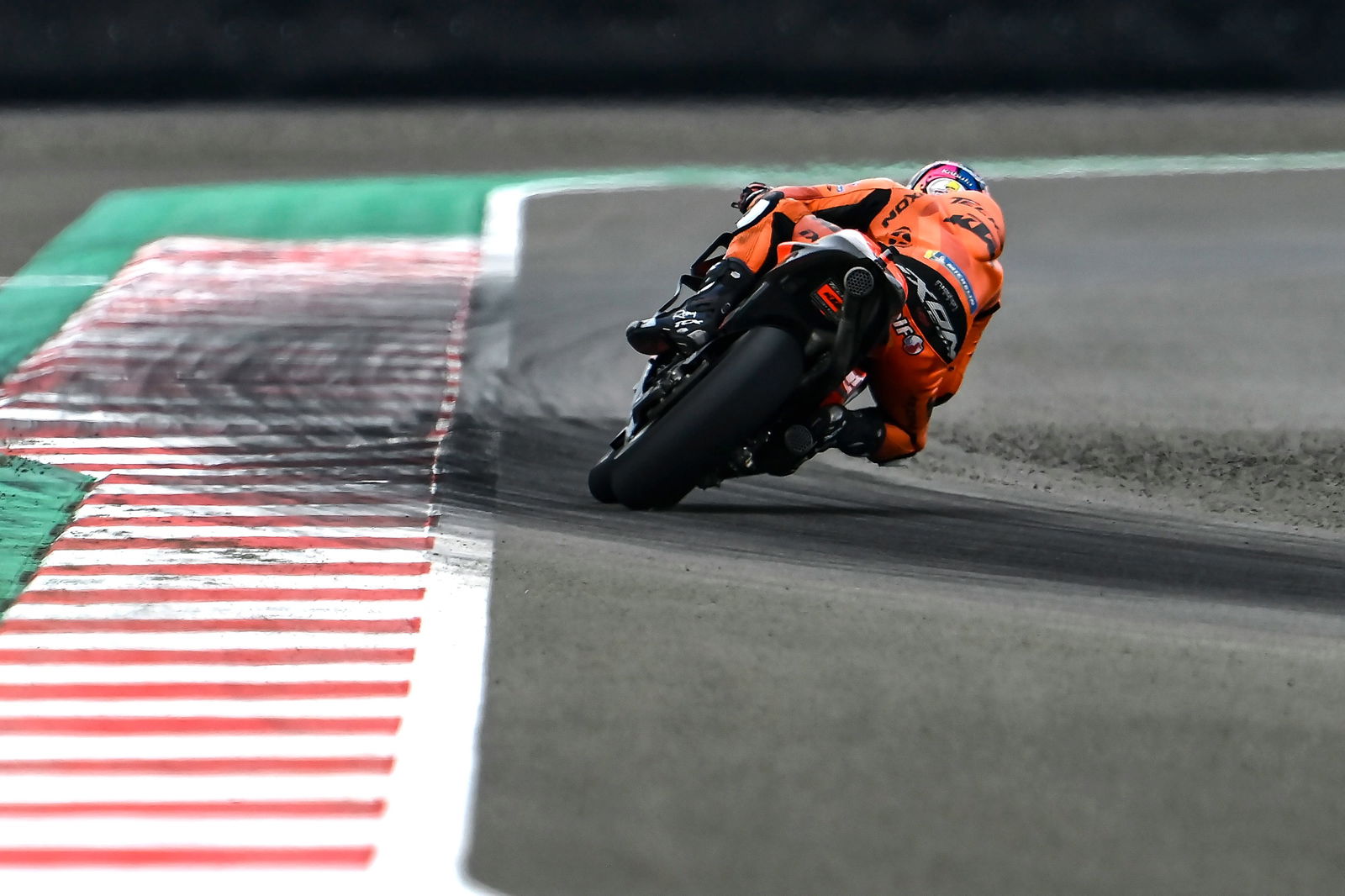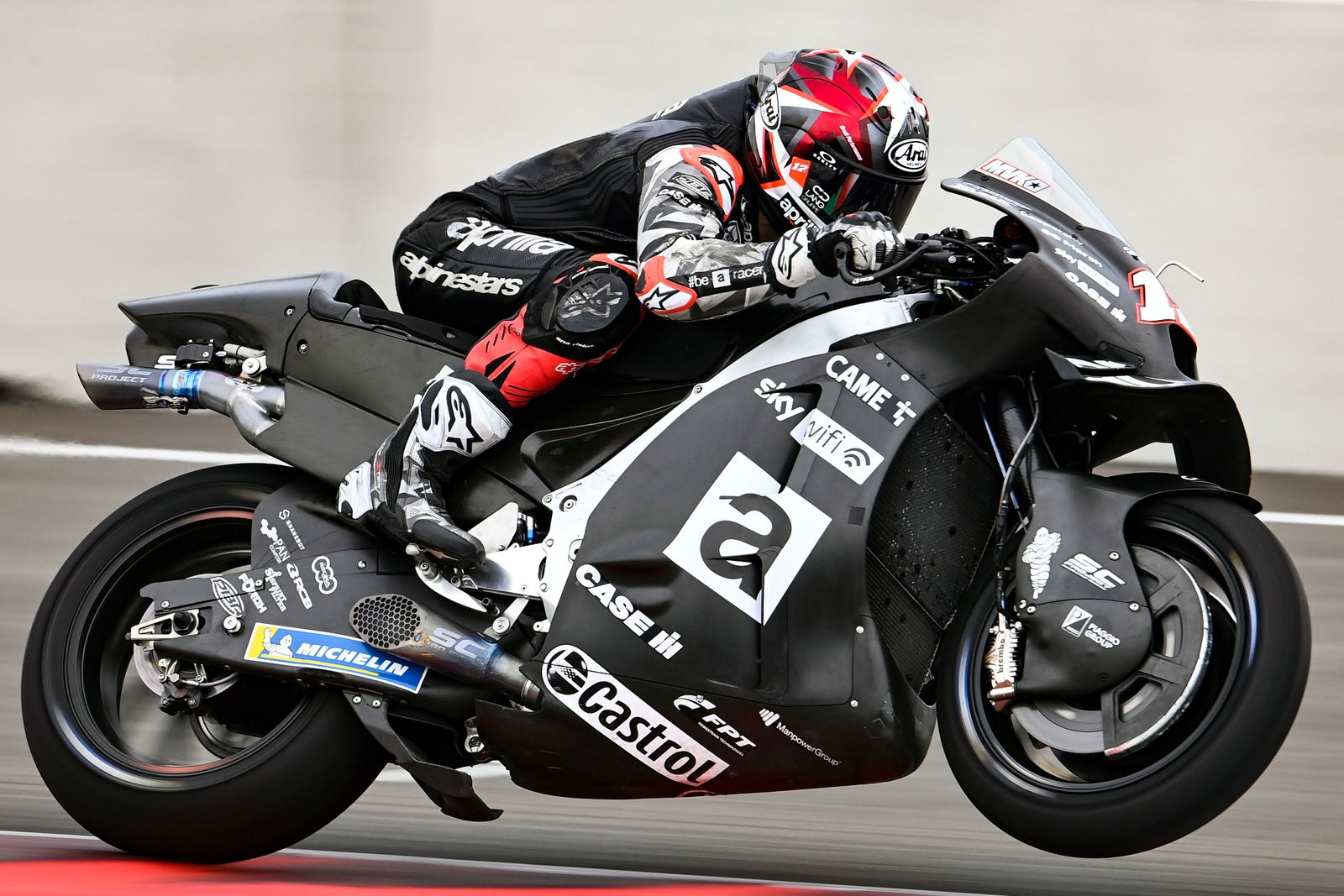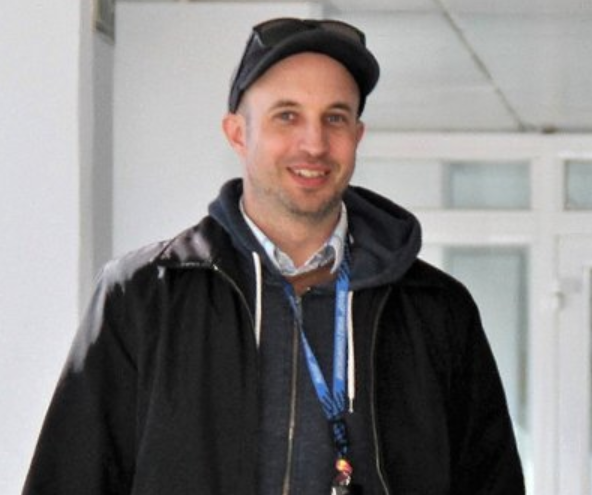Mandalika MotoGP Test: KTM: Quality over quantity for 'interchangeable' RC16

Red Bull KTM's technical manager Sebastian Risse has described the two main ways in which the factory's MotoGP project has changed for 2022.
After five seasons of sizeable modifications to the RC16, aided by access to technical concessions until the start of last year, the Austrian factory has switched tactics for this season.
Miguel Oliveira recently explained that the original 2022 project "got held up in about June [2021]" when "we had a new bike which was not the right philosophy."
By the end of an inconsistent 2021 season - where four podiums, including a victory each for Oliveira and Brad Binder, sat alongside nine races (half the season) without a KTM in the top six - the factory still didn't have a clear idea of what was needed for their 2022 bike.
As such,KTM's first priority for winter testing was to better understand the full potential of the current package.
"We could have a whole lot of boxes with new parts, but it doesn’t mean they are better. We could be trying and shooting in every direction. We don’t want to do that," Oliveira explained.
"We want to have a similar bike to '21. With small adjustments in parts and setting we can arrive at a better performance."
Following the final pre-season test at Mandalika, Risse gave further details of KTM's new technical approach.
In particular, potential new parts are now 'interchangeable' with the current bike, allowing for more carefully targeted modifications and clearer results.
"For our work in 2022 we have changed two areas. Firstly, we did not bring a completely different bike to these tests," Risse confirmed.
"We did bring a lot of different parts so, in the end, we made a different bike out of those but we put a lot of effort into making those interchangeable so you can test them one-by-one and assess more easily what is positive and negative; then hopefully put everything together for the best mix.
"Secondly, we really took a lot of time to get the best out of those components. Not only in testing but in definition of targets for making them work and to understand the potential.
"A quality instead of quantity approach and I think that worked quite well.”
Binder and Oliveira finished the Indonesian test in 11th and 15th places, but were both within 0.6s of the fastest lap time.
Risse confirmed that the homologation parts – engine and aerodynamics – were naturally the first priority.
“After Sepang we had a package that the riders seem to like and it was important for them to try it on another track and see how it reacts to the normal set-up changes that we make from circuit to circuit," Risse said.
"I think we were quite successful because it worked right away even if the track conditions were not that great: we managed to react to that. We put the parts for homologation as a priority and they had to be checked again and I think this part of the test was also successful.
"The last area of the test was to go deeper into development. We always have a large crate of parts to try and see what can work better so we took the time to look at the next steps. I think we found something interesting there."
Rear traction on corner exit is one of the main areas where the KTM riders are seeking progress for the 2022 season, which begins in Qatar on March 4-6.
That will also be Francesco Guidotti's first race as KTM team manager, having replaced Mike Leitner from the Sepang test.
“We had a lot of comments to take into consideration, as well as the feedback from Dani [Pedrosa] and Mika [Kallio] from the shakedown test in Sepang and this meant we had a lot to get through here but we achieved our plan," Guidotti said.
"We now need to go home, analyse the data and go deep into the details to be ready for the first race. The details will make the difference with our 2022 package.
"The team is great and have been pushing hard these days, so I want to thank them for that. We know Qatar could be very close but hopefully we are in the front group.”


